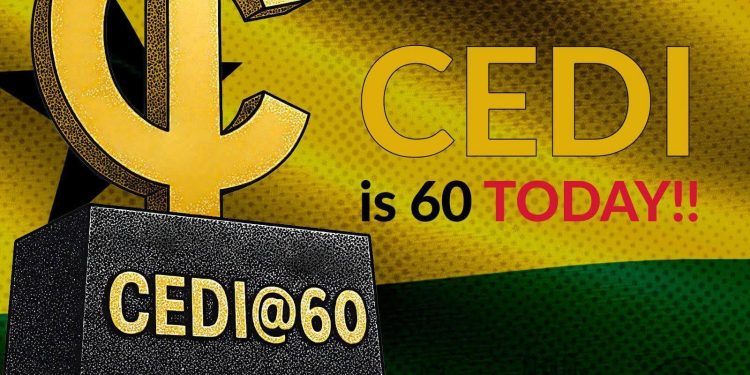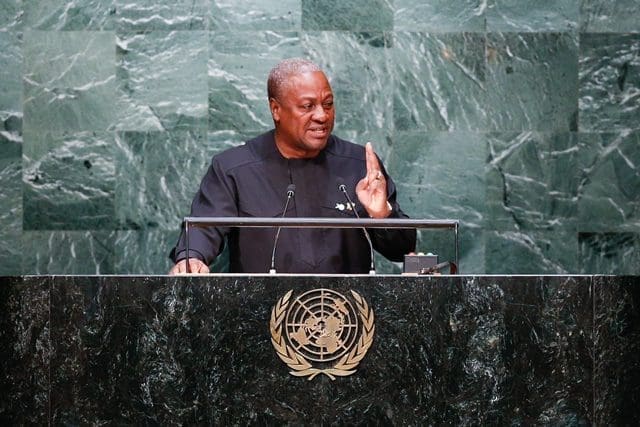Ghana’s total public debt stock dropped sharply in the first six months of 2025, falling by GH¢139 billion ($12.9 billion) as the government pursued tighter fiscal policy and benefited from improved macroeconomic conditions, according to data released by the Bank of Ghana.p
The debt stock declined to GH¢613.0 billion ($56.8 billion) at the end of June from GH¢752.1 billion in January, despite a slight monthly uptick from GH¢612.1 billion recorded in May. The sharp reduction reflects a combination of cedi stabilization, nominal GDP growth, and restrained domestic borrowing.
The country’s total debt-to-GDP ratio stood at 43.8% in June, a significant improvement from 66.8% a year earlier. The decline is partially attributed to GDP rebasing and ongoing fiscal consolidation efforts by the government.
Still, Ghana remains exposed to external risks. External debt now accounts for GH¢300.3 billion, or 21.4% of GDP, up slightly from GH¢296.2 billion in May. In U.S. dollar terms, external debt rose to $29.1 billion, underscoring continued vulnerability to currency depreciation and global interest rate shifts.
Domestic debt, meanwhile, fell marginally to GH¢312.7 billion in June from GH¢315.6 billion the previous month, suggesting reduced issuance of local bonds amid tighter borrowing controls.
The government’s efforts have drawn cautious optimism from investors, with analysts noting improved fiscal discipline. However, economists warn that Ghana’s reliance on external financing and volatile foreign exchange markets still pose significant risks.
To preserve the gains, policy analysts say the government must maintain fiscal discipline, build foreign reserves, and expand access to concessional financing. Without these, the country could face renewed pressure from global financial shocks.











